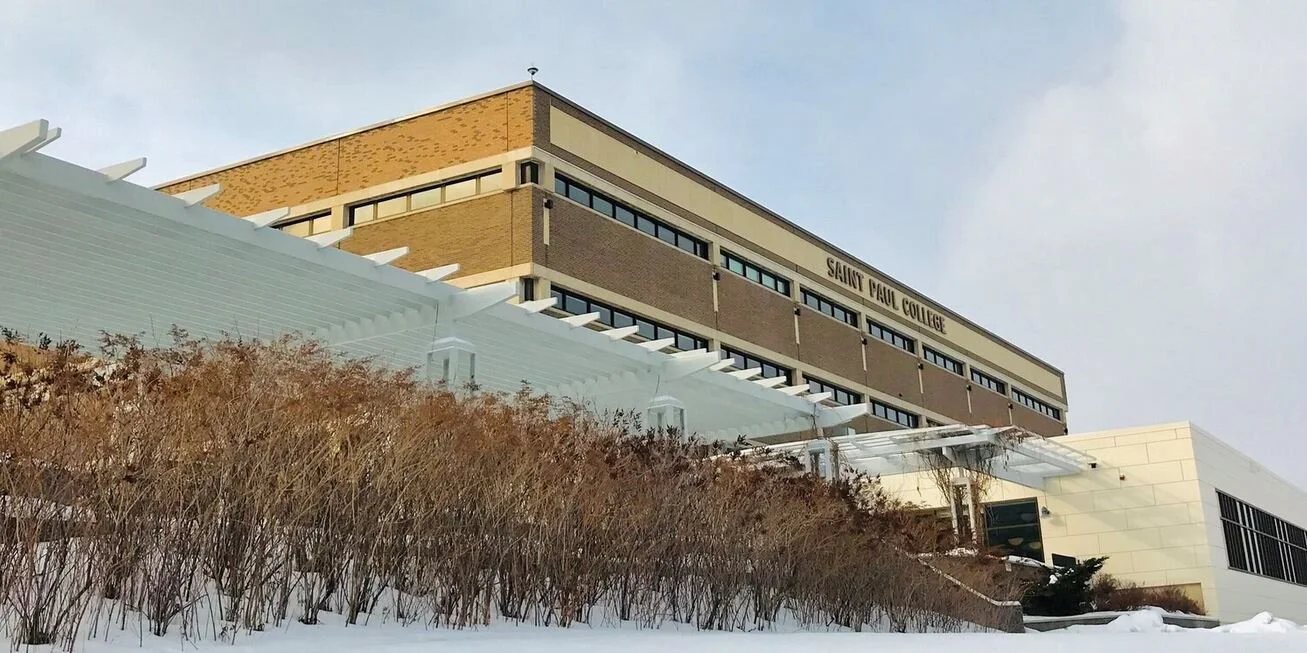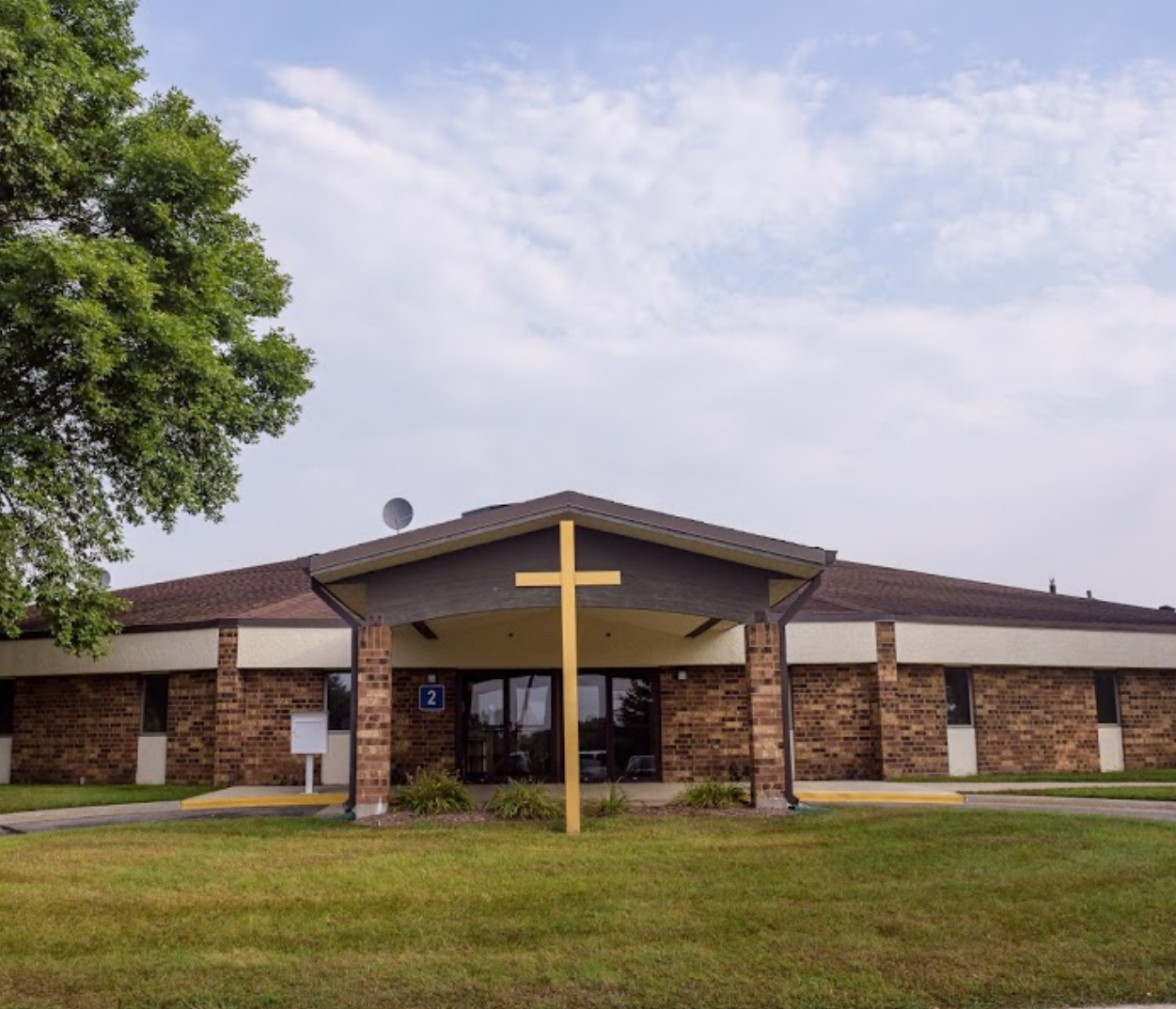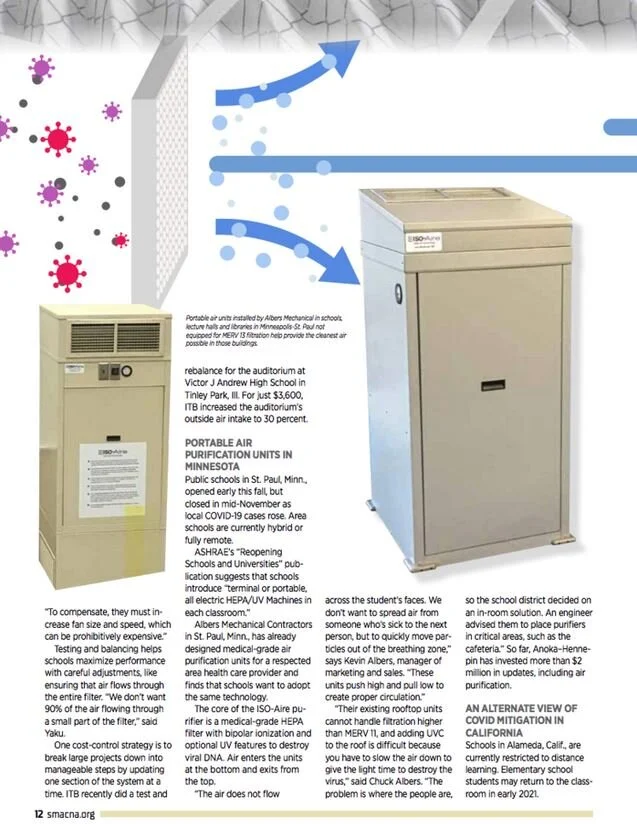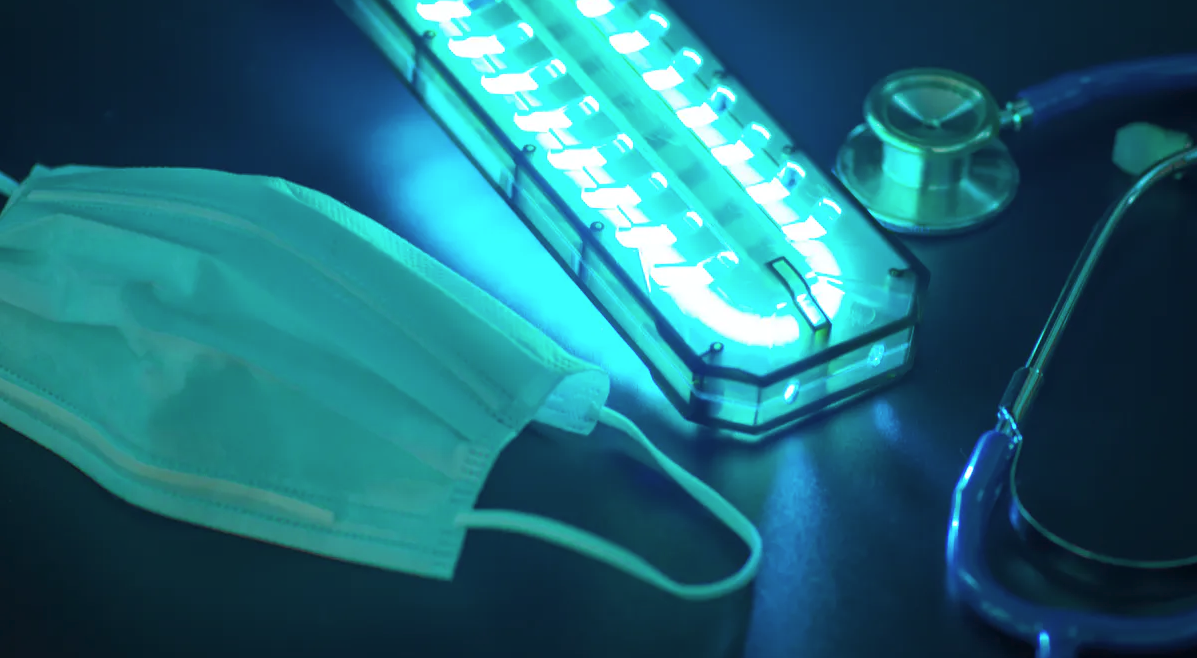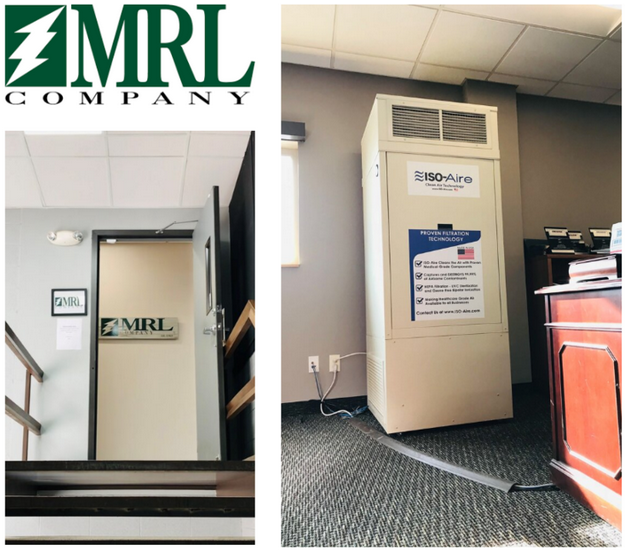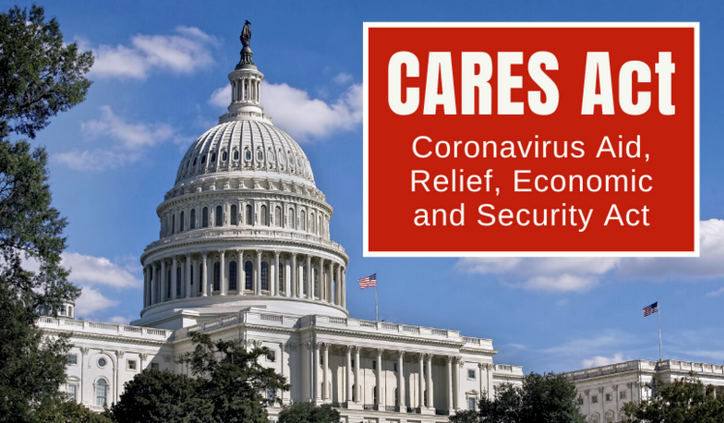St. Paul's popular Luci Ancora Italian restaurant recently installed a new ISO-Aire RSF500, complete with three layers of medical-grade purification technology including a medical-grade HEPA filter, ozone-free bipolar ionization, and UVC sterilization.
Step inside Luci Ancora, a vibrant Italian restaurant in St. Paul's Highland Park neighborhood and you feel right at home. Here you'll find a cozy wood-burning fireplace, handmade fresh pasta entrees, and most recently clean indoor air with the addition of an ISO-Aire purification unit. According to co-owner Maria Gans, her staff has affectionately named their newest member Aria Fresca, which means "fresh air" in Italian.
"Our goal has always been to help guests feel at home, as if they're in their own dining room. So adding this layer of protection is a long-term investment on behalf of our employees, our customers, and our neighborhood," explained Gans. "When we are able to re-open for in-dining service we know clean air, pure of any harmful particles, will be essential in operating a safe restaurant business here in St. Paul. We're adding peace of mind via cleaner indoor air to improve Luci Ancora's ambiance."
The restaurant's RSF500 houses three layers of clean air technology including medical-grade HEPA filtration, ozone-free bipolar ionization and UVC sterilization to capture and destroy 99.99% of harmful airborne pathogens, mold, pollen, VOCs, and dust. Developed and manufactured in St. Paul with U.S.-made parts, ISO-Aire delivers proven mitigation strategies that exceed the minimum requirements for indoor air quality established by ASHRAE and the Centers for Disease Control. The in-space purification models provide clean air effectively and efficiently 24/7.
"Our servers and staff are like family, and we want them to be safe and feel safe here," Maria explained. "We're all working to return to some kind of normalcy and this added layer of protection is key."








